
UDK: 617.713-089:617.713-007.64
E. G. Solodkova, V. P. Fokin
ФГАУ «МНТК «Микрохирургия глаза» им. акад. С. Н. Федорова», Волгоградский филиал, г. Волгоград
The article analyzes the results of surgical treatment of progressive early and late-stage keratoconus using a femtosecond laser. Three groups of patients (n = 80, 80 eyes) were operated on for progressive stages I–III keratoconus. Based on the Amsler-Krumeich classification, corneal collagen cross-linking with excimer-laser-assisted deepithelialization is considered to be the treatment of choice for progressive keratoconus (stages I–II) with central cornel thickness due to its efficacy and stability. Corneal collagen crosslinking with a femtosecond-assisted intrastromal pocket for administration of a photosensitizer and local ultraviolet irradiation is considered to be the treatment of choice for progressive keratoconus (stages I–II) with peripheral corneal thickness. Intralamellar keratoplasty with corneal segment implantation can effectively arrest the progression of stage III keratoconus and improve visual acuity both in the short and long term through improving anterior and posterior corneal surface regularity. All cases showed a statistically significant increase in visual acuity (NCD and IHEC), a decrease in keratometric corneal parameters, and a decrease in anterior and posterior corneal elevation.
keratoconus, intralamellar keratoplasty, implantation of corneal segments, femtosecond laser, crosslinked corneal collagen.
Солодкова Елена Геннадиевна – к. м. н., заведующая отделением коррекции аномалий рефракции, врач- офтальмохирург, e-mail: mntk@isee.ru